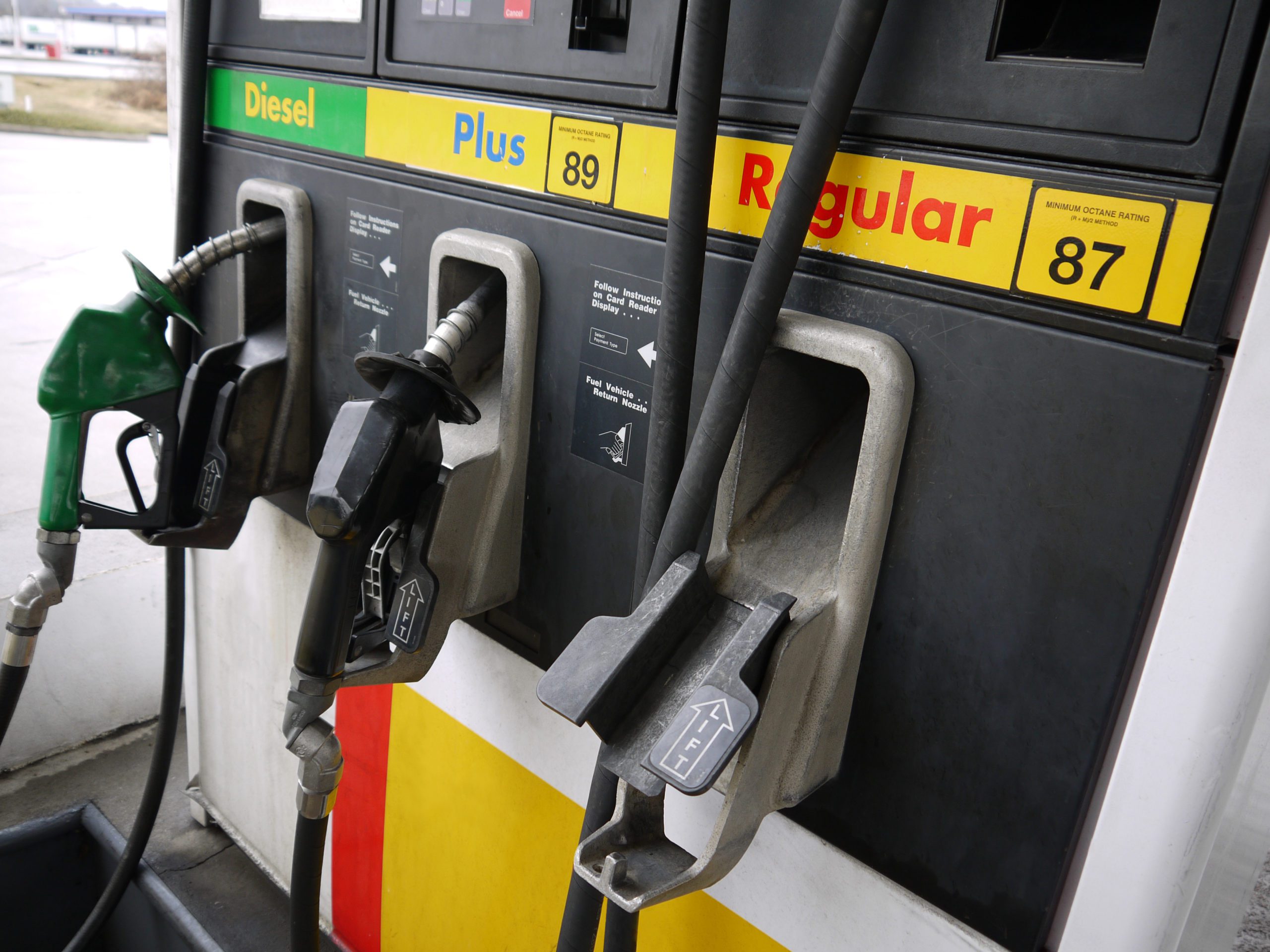Gas prices have continued to skyrocket nationwide, dealing blows to the wallets of U.S. citizens.
As of March 10, gas prices in the United States have jumped nearly 16% since last week. At an average of $4.318 per gallon, gas is more expensive now than at any other time in U.S. history.
While the price-hike is largely due to Russia’s invasion of Ukraine, as sanctions and oil bans have completely cut off Russian oil products, that is not the only reason.
The price of gas was already expected to breach the $4 per gallon mark before the sanctions or oil bans. In the Spring of 2020, the pandemic slashed the need for oil as most people stayed at home and vehicles stayed parked. Oil stock plunged, trading briefly at negative prices.
Since then, U.S. oil companies have been reluctant or unable to resume producing oil at pre-pandemic levels, in part due to concerns about the prospect of tougher environmental rules that could cut future demand.
The bottom line is that it takes time to scale up productions, and the oil companies have been facing the same supply chain and hiring issues as thousands of other businesses in the U.S. while trying to make up for the loss that the pandemic caused.
So, what exactly can be done about this decline in U.S. oil production?
According to Forbes, the U.S. imports 595,000 barrels of oil per day from Russia. One alternative is the Keystone XL Pipeline, which could produce 830,000 barrels a day – if construction was complete.
An extension to the existing Keystone Pipeline System proposed by TC Energy in 2008, the Keystone XL was initially designed to expedite transportation of the planet’s dirtiest fossil fuel, called tar sands oil.
The pipeline starts in Alberta, Canada, where sludgy, sticky deposits called tar sands are found in the forest. The sands contain bitumen, a type of petroleum that can be converted into fuel.
Extracting oil from the sands is no easy task, and it comes with steep environmental and economic costs. But with gas prices on the rise in the mid-2000s – the U.S.’s previous record high was $4.114 per gallon in 2008 – oil companies were looking for a way to increase production.
The Keystone XL extension consists of two segments. The southern leg runs between Cushing, Oklahoma and Port Arthur, Texas, and has already been completed. Construction of the northern leg was cut short, but it would have run from Hardisty, Alberta, through Montana and South Dakota to Steele City, Nebraska.
The U.S. State Department, under President Obama, denied the permit necessary for the northern leg to continue construction and maintenance in 2015. In 2016, President Trump signed an executive order on his fourth day in office to allow TC Energy to move forward with the extension process.
During President Biden’s campaign trail, he vowed to reverse the cross-border permit that Trump had put into effect, citing that the State Department had obtained it illegally. On his first day in office, he made good on that promise.
One of the main reasons for shutting down the pipeline was to prevent leaks and oil spills that could harm the surrounding environment from possible severe toxic exposure.
Additionally, when tar sands oil spills, it can be more difficult to clean up than conventional crude oil because it immediately sinks to the bottom of the waterway. Keystone XL’s northern leg would have crossed agriculturally and environmentally sensitive areas including rivers, streams, aquifers, and water bodies.
Multiple groups concerned with environmental issues pushed back against the pipeline, and it saw lawsuits from the Natural Resources Defense Council, the Northern Plains Resource Council, the North Coast Rivers Alliance, the Indigenous Environmental Network, Friends of the Earth, the Center for Biological Diversity, and the U.S. Fish and Wildlife Service, among others.
In June 2021, TC Energy announced that it would be abandoning its plans for building the pipeline for good due to multiple problems, including worsening environmental impacts, numerous legal challenges, and declining oil prices.
The pipeline was never completed, though TC Energy once fought for the use of the pipelines for decades. According to the company, developing tar sands as fossil fuels could potentially protect our national energy security and bring U.S. fuel prices down, as well as create thousands of jobs for the economy.






